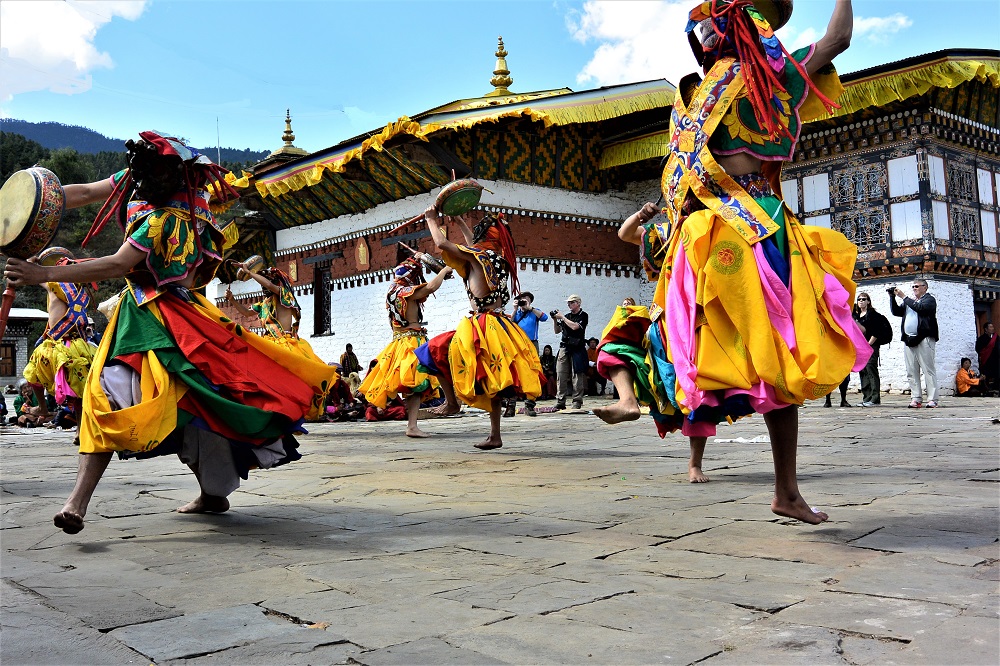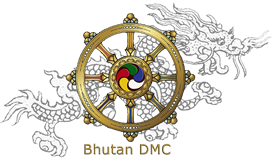Blog – TriptoBhutan.com
Spectacular Festivals of Bhutan
Apart from being the most spectacular place on earth, Bhutan is also the treasure trove of unique ancient traditions & vibrant cultural heritages which offer deeper insight into the country’s spiritual and social structure. Festivals or Tshechu in local term is one of such vibrant traditional events celebrated to honour Great Saint Padmasambhava also known as Guru Rinpoche who introduced the Nyingma school of Buddhism into Bhutan in 8th century.

The festivals are conducted all around the country coinciding 10th day of Bhutanese lunar calendar. Each 10th day of the lunar calendar is said to commemorate a special event in the life of Padmasambhava; and some of these are dramatized in the context of a religious festival or the Tshechu. The exact date of the Tshechu varies from place to place and, due to the lunar calendar, from year to year. The Tshechu usually last 3 to 5 days.
The dances take place in the dzongs (fortified monastery), which are spread all over Bhutan. The dzongs have had both religious and administrative functions since ancient times. They are the seat of the administration of the various regions of Bhutan.
During festivals, well-choreographed masked dances, regional folk song & dances performed by men and women dressed in colourful costumes. Each mask dance has a special meaning and is based on stories and events from a long time that go back to the 9th century during the lifetime of Guru Rinpoche.
Entire communities and villages flock to the Tshechu to attend the religious mask dances in festive clothing, to receive blessings and to make contacts. Such occasions provide the villagers with a respite from their day to day lives and gives the community an opportunity to catch up with family and friends. Besides the locals, many tourists from all over the world are attracted by this unique, colourful and exciting Buddhist religious celebration.
A visit to a Tshechu is definitely one of the highlights of a trip to Bhutan!
HOTELS IN THIMPHU
HOTELS IN PUNAKHA & WANGDUE
HOTELS IN GANGTEY
HOTELS IN TRONGSA
HOTELS IN BUMTHANG
HOTELS IN MONGAR
HOTELS IN TRASHIGANG
HOTELS IN SAMDRUP JONGKHAR
HOTELS IN PHUENTSHOLING
HOTELS IN HAA
HOTELS IN GELEPHU
HOTELS IN ZHEMGANG
RESTAURANTS IN PARO
RESTAURANTS IN THIMPHU
RESTAURANTS IN PUNAKHA
TOUR ITINERARIES
TREKKING ITINERARIES
SPECIAL INTERESTS TOURS
UNIQUE FESTIVALS & FAIRS
BLOG


